TL;DR: The history of medicine is marked not just by breakthroughs but by disturbing atrocities. From barbaric lobotomies performed with ice picks to the horrific Tuskegee Syphilis Study that withheld treatment from Black men, these “advancements” often prioritized ambition over ethics. Trepanation involved drilling skulls to release “evil spirits,” and collapsing lungs to treat tuberculosis caused more harm than healing. Electroshock therapy without anesthesia inflicted torture, and children at Willowbrook were deliberately infected with hepatitis under coercive pretenses.
John Money’s failed gender reassignment experiment on David Reimer epitomized the catastrophic consequences of unchecked scientific ego. These grim stories highlight a crucial lesson: progress without compassion leads to ruin. These atrocities, often justified by society’s misplaced trust in authority, serve as stark warnings of the devastating cost of abandoning ethical oversight in pursuit of knowledge.
A Dark History of Medical Atrocities: When Science Abandoned Ethics
The history of medicine is not exactly the glowing triumph of human ingenuity we like to imagine. Sure, penicillin and vaccines are great, but let’s not overlook the chapters where doctors decided that the best way to treat mental illness was by ramming ice picks into people’s brains or that deliberately collapsing a lung might somehow fix tuberculosis. Yes, these were real things, promoted by real doctors, who went home at the end of the day believing they had done something noble. Spoiler alert: they hadn’t.
For centuries, the medical field has been a playground for men with just enough knowledge to be dangerous and not nearly enough humility to realize it. From drilling holes in people’s skulls to let out “evil spirits” to electroshock therapy at dangerously high voltages without anesthesia, the line between doctor and mad scientist was often nonexistent.
The real tragedy here isn’t just the barbarism, it’s the fact that so much of it was enthusiastically endorsed by society. We trusted the experts, after all. The guys with diplomas on the wall and a penchant for experimenting on the vulnerable were supposed to know what they were doing. They’re chilling examples of what can go wrong when progress prioritizes ambition over compassion and oversight. Buckle up; it’s a journey into the macabre side of medicine you won’t soon forget.
Lobotomy: When Ice Picks Became Neurosurgical Tools
In the mid-20th century, the lobotomy was heralded as a miraculous cure for mental illness. The procedure involved severing connections in the brain’s prefrontal cortex to address conditions like depression, anxiety, and schizophrenia. In reality, it was more like using a sledgehammer to fix a wristwatch.
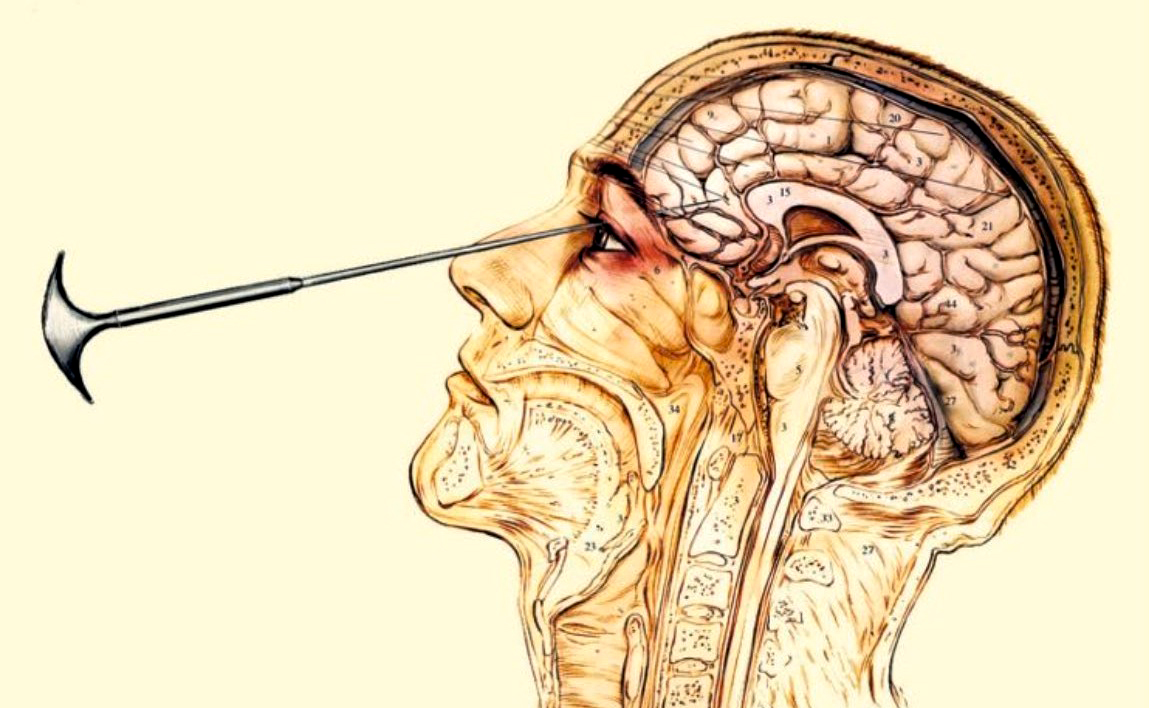
The results were predictably catastrophic. Patients emerged emotionally flattened, cognitively impaired, or in a vegetative state. Yet, this didn’t deter Dr. Walter Freeman, the lobotomy’s most infamous evangelist, who performed the surgery with the finesse of a blackjack dealer and the ethics of a used car salesman. Freeman once boasted that he could perform the procedure in under 10 minutes, even demonstrating it in operating theaters like a grotesque magic trick.
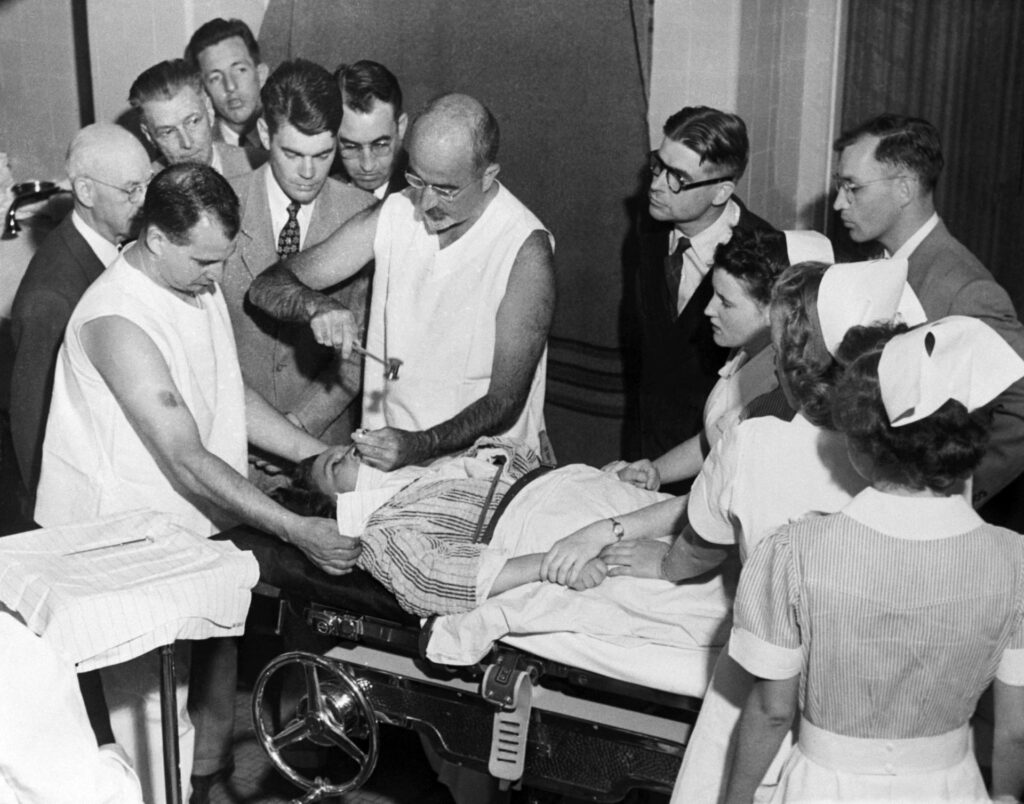
Lobotomy’s legacy is a chilling testament to the dangers of invasive psychiatric interventions devoid of consent or rigorous oversight. It took decades and countless ruined lives for the medical community to abandon this barbaric practice.
Trepanation: A Hole in the Head, Literally
Trepanation, the act of drilling or cutting holes into the skull, is a medieval relic that somehow staggered into the 19th century. This “treatment” was believed to alleviate migraines, seizures, and even mental illness by releasing “evil spirits.” In practice, it caused excruciating pain, rampant infections, and a mortality rate that should have alarmed even the most jaded practitioners.
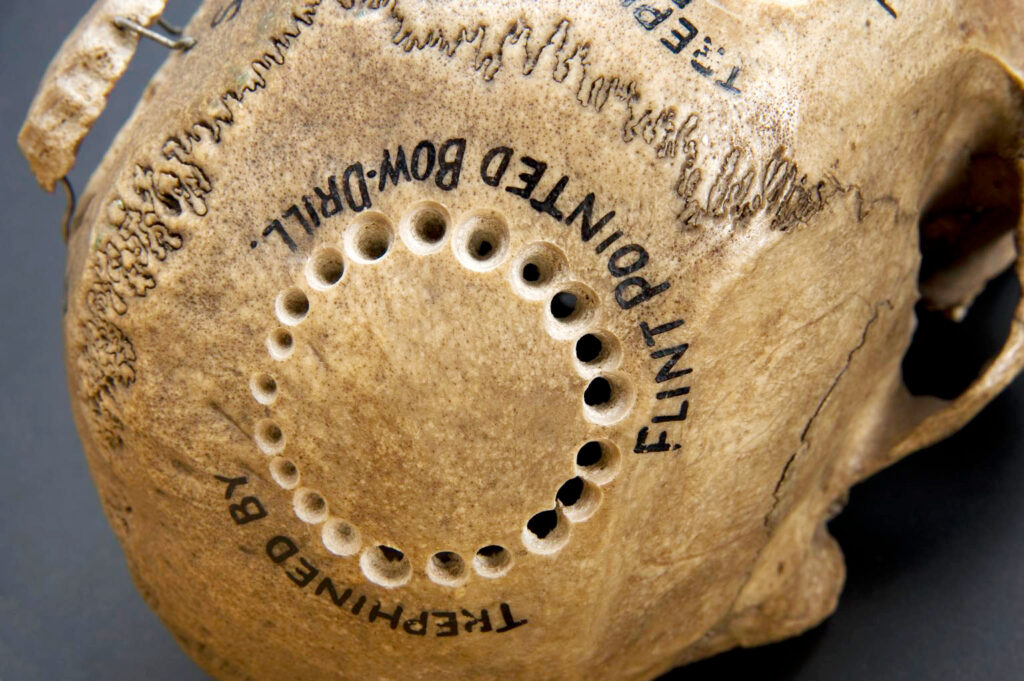
Performed without anesthesia or sterilization, trepanation was as much a death sentence as a cure. Imagine having your skull chiseled open without pain relief. Now imagine someone thinking this was a viable alternative to aspirin.
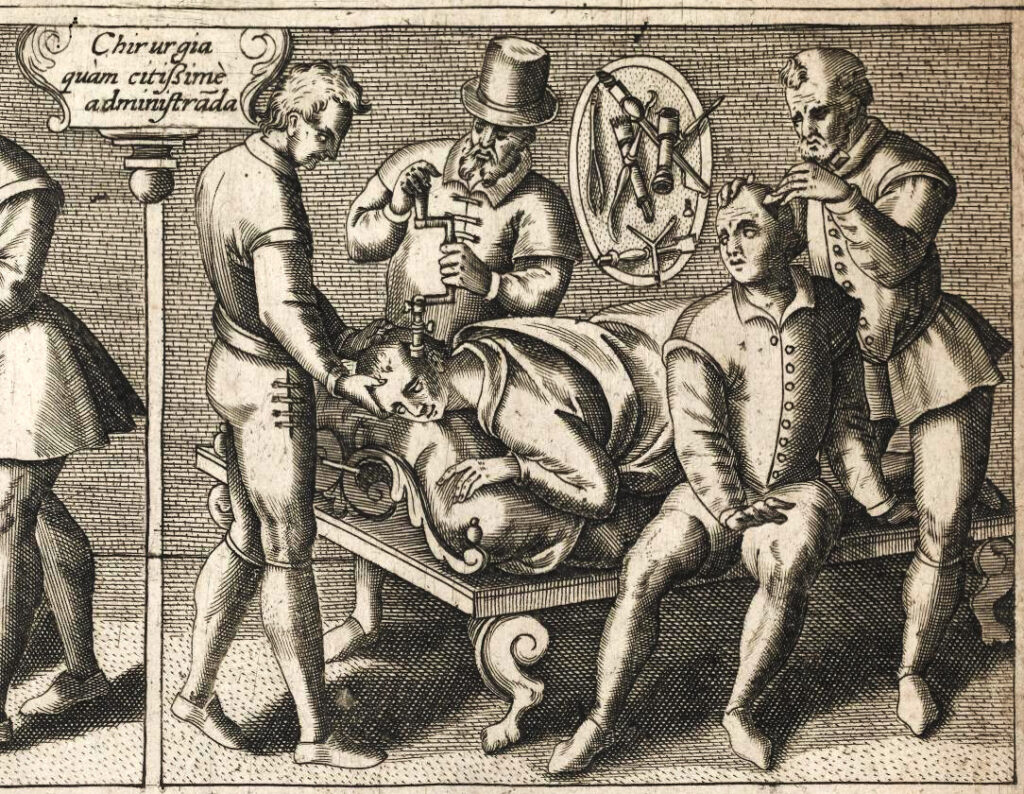
Thankfully, the scientific method eventually banished trepanation to the annals of quackery. Today, it serves as a stark reminder of how dangerous pseudoscience can be when wielded by the overconfident and underinformed.
Artificial Pneumothorax: Suffocating for Science
If collapsing a lung to treat tuberculosis sounds like a fever dream, that’s because it was. The theory behind artificial pneumothorax was that a deflated lung would “rest” and heal itself. This was, of course, nonsense.
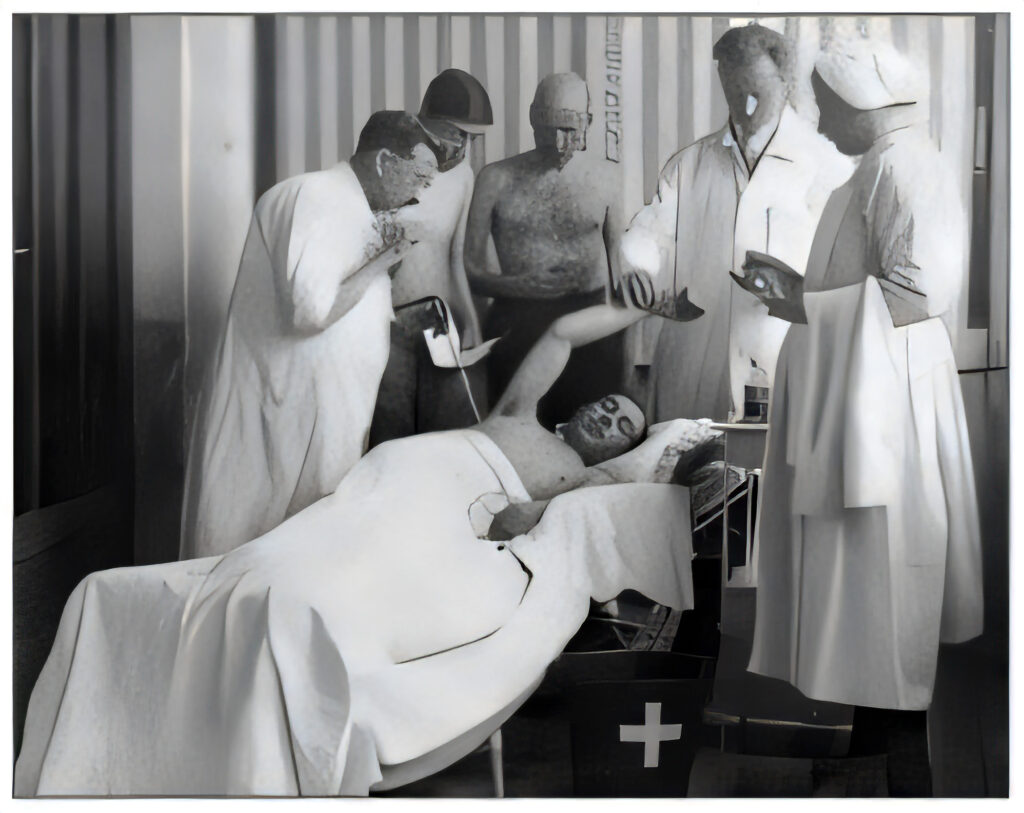
Patients subjected to this treatment often experienced respiratory distress, infections, and death. But the medical establishment was undeterred, largely because they didn’t have better options.
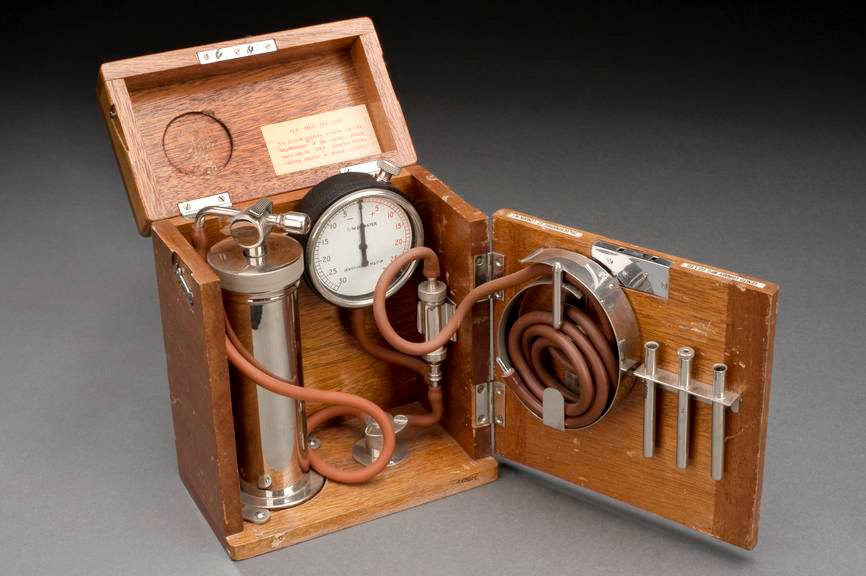
It wasn’t until antibiotics arrived that this grim practice was abandoned. The irony is almost unbearable: doctors suffocated patients to treat a disease that suffocates.
Electroshock Therapy Without Anesthesia: Torture in a Lab Coat
Before the humane evolution of electroconvulsive therapy (ECT), the procedure was a waking nightmare. High-voltage electric shocks were applied to the brain without anesthesia or muscle relaxants. Patients endured broken bones, excruciating pain, and lifelong trauma.
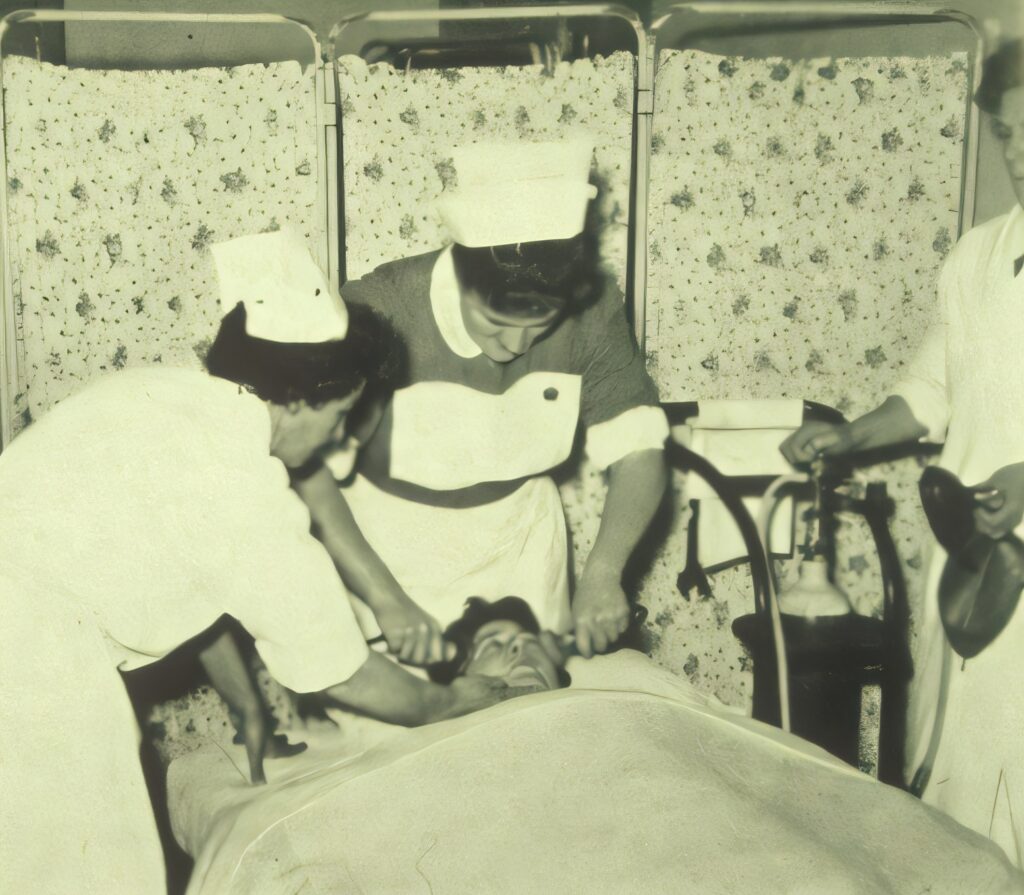
This wasn’t just malpractice; it was medieval punishment masquerading as therapy. The idea that inducing seizures could cure mental illness was not entirely without merit, but the application was as brutal as it was imprecise.

Modern ECT is far removed from these early horrors, but the memory of those abuses lingers as a haunting reminder of medicine’s darker impulses.
The Tuskegee Syphilis Study: A Crime Against Humanity
Between 1932 and 1972, the U.S. Public Health Service conducted one of the most egregious violations of medical ethics in modern history. The Tuskegee Syphilis Study observed the progression of syphilis in African American men, deliberately withholding treatment even after penicillin became available.
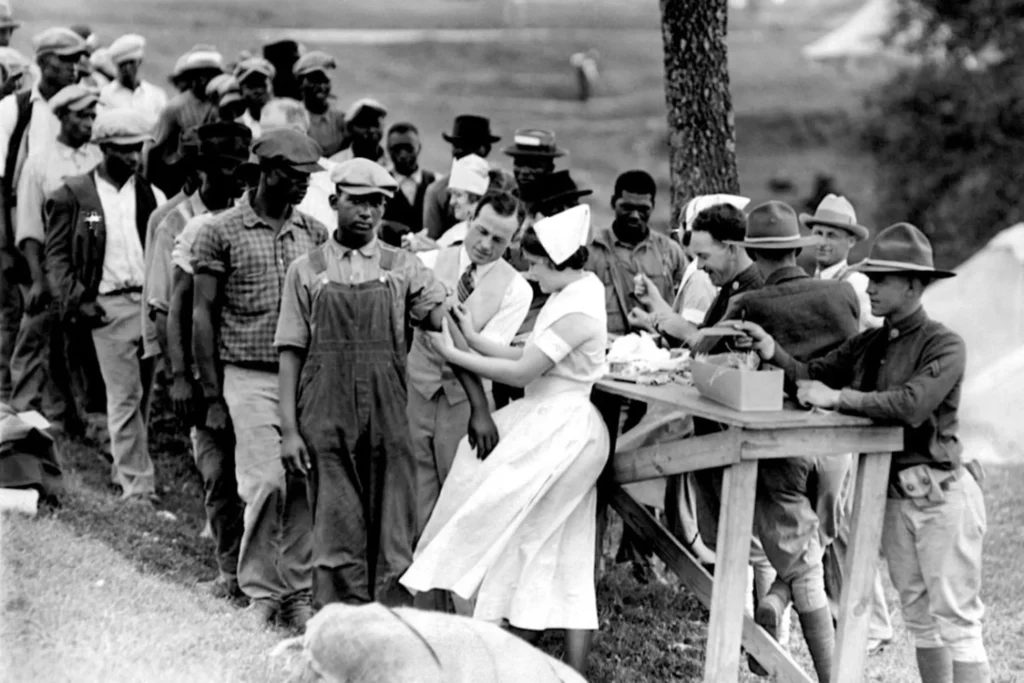
The researchers didn’t bother with informed consent; the participants were told they were receiving free healthcare. In reality, they were left to suffer and die so scientists could scribble notes.

The study ended only after a whistleblower exposed it, leaving behind a legacy of distrust that still impacts public health initiatives in minority communities.
Willowbrook Hepatitis Experiments: The Exploitation of Vulnerable Children
From the 1950s to the 1970s, researchers at the Willowbrook State School deliberately infected intellectually disabled children with hepatitis. This grotesque experiment was justified as a way to study the disease, but in reality, it was a monstrous exploitation of the powerless.

Parents were coerced into consenting by being told their children would be denied admission to the overcrowded school otherwise. This wasn’t just unethical, it was outright predatory.

The public outcry that followed these revelations forced a reckoning in medical research ethics, but the damage to the children and their families was irreparable.
John Money’s Gender Reassignment Experiments: The Destruction of a Family
Perhaps no case better encapsulates the hubris of unchecked scientific ambition than John Money’s experiment on David Reimer. After a botched circumcision left David without a functioning penis, Money convinced his parents to raise him as a girl, performing gender reassignment surgery and imposing a female identity on him. This was done to prove Money’s theory that gender identity is purely a social construct.

The result was a tragedy. David rejected the imposed identity, suffered profound psychological distress, and eventually took his own life.

His twin brother also died by suicide, unable to cope with the family’s trauma. Money’s work, once celebrated, is now widely condemned as a catastrophic failure of ethics and humanity.
The Lessons We Must Never Forget
And so, we are left with the grim task of reconciling humanity’s greatest achievements in medicine with its darkest failures. The irony is palpable: the very field that promises healing has so often been the harbinger of pain, suffering, and inhumanity. But these stories aren’t just uncomfortable history lessons, they are warnings. Warnings that science without ethics is no better than witchcraft with a lab coat. These experiments, fueled by ambition, hubris, and a lack of oversight, remind us that knowledge untempered by compassion can lead straight to catastrophe.
The most chilling part of these atrocities is not simply the suffering they caused but the justification behind them. These weren’t conducted by madmen in basements but by respected professionals in esteemed institutions. Societal trust gave them free rein to experiment on the most vulnerable, often cloaked in the rhetoric of progress. But what progress was made? Most of these experiments advanced little, if anything, scientifically, leaving only ruined lives and irreparable harm in their wake.
If history teaches us anything, it’s this: progress must always be measured against its human cost. Medicine can be a tool of profound healing or unimaginable harm, and the line between the two is thinner than we care to admit. For every life-saving vaccine and revolutionary treatment, we must ask ourselves what it took to get there. It’s a question that demands relentless ethical vigilance because if we forget these lessons, history has shown us we are all too willing to repeat them.
More from Health
The Tragic Downfall of Playgrounds: How We Bubble-Wrapped Our Kids Into Boredom
How We Have Banned Fun From Playgrounds Playgrounds used to be places where kids could go to test their limits and …
5 Times Psychologists Took Curiosity Too Far
Psychology’s Dark Side: 10 Experiments That Will Haunt You Forever Psychologists have often been seen as explorers of the human mind, …
The Vaccine-Autism Controversy: Fact or Fiction?
There are few topics more polarizing than vaccines and their potential link to autism. Let's begin by stating a simple …




















